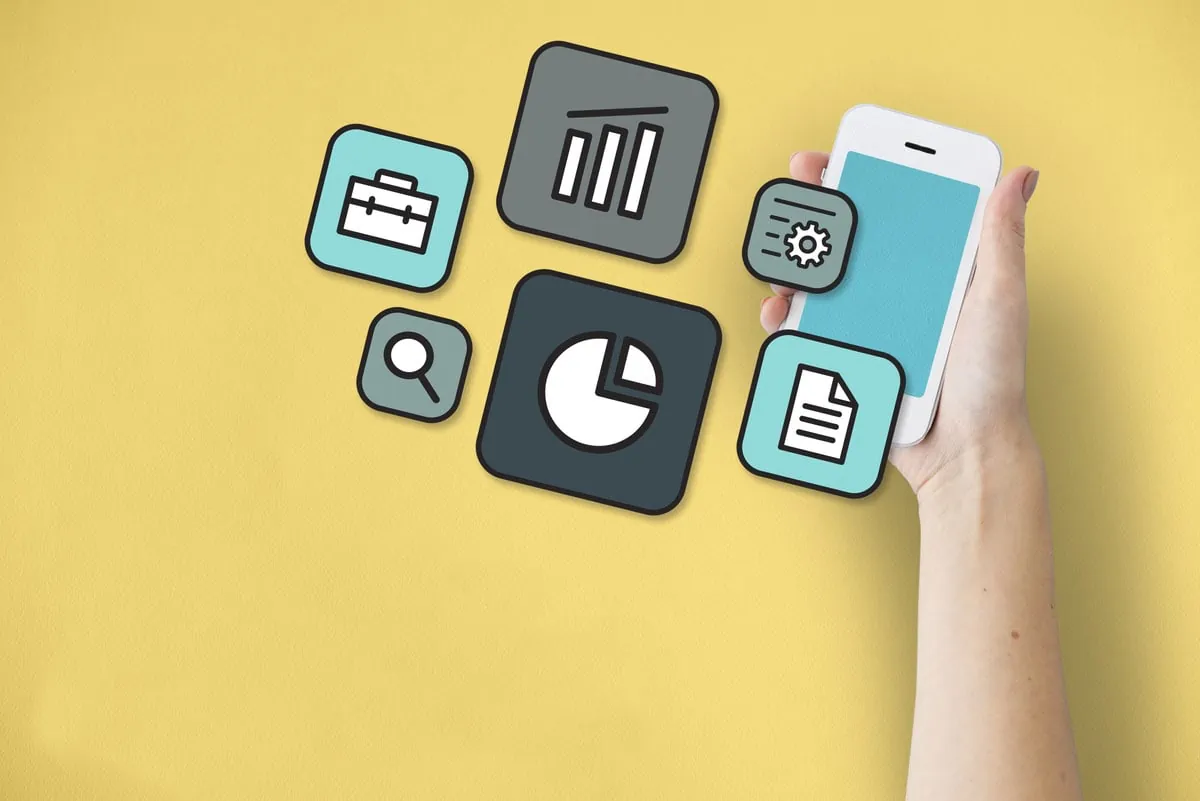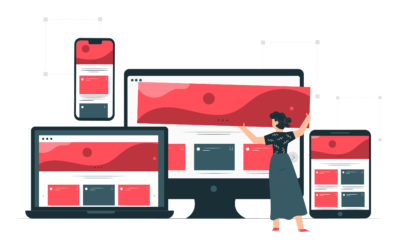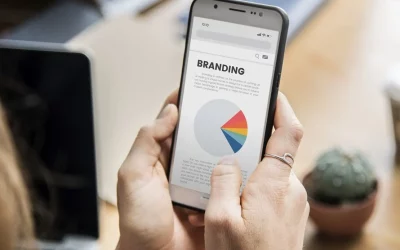Today, mobile apps are a necessity for businesses to attract and retain customers. But, what does it take to develop one? What does a mobile app development process look like? Here, we will share the stages of mobile app development. These stages will help you launch a successful app regardless of the size and scope of your project.
What are the stages of the app development process?
-
Strategy
The first step of the mobile app development process is to produce a strategy to determine how your business will benefit from the app, what improvements it will bring. This is the step for clarifying your app’s vision, defining your product’s goals and its final users .Here, you should:
- Define your app’s purpose
- Identify your app’s audience
- Research the competition
- Establish the app’s goals and objectives
-
Choose a partner
Once you have defined your strategy, you should select the right IT partner to design and develop your application. Start with a research and analysis to narrow down your options and later define which one suits your expectations and budget.
-
Determine the app’s look and how it will work
This refers to the UX/UI design. The app’s design should deliver a seamless and effortless user experience with a polished look. Here, you should create a User Journey Map, clickable wireframes, visual user interfaces, and motion design. All of these elements will help make your app interactive, intuitive and appealing for the user.
-
Set up and Kick-off
Before kicking off the development, you will have to:
- Define the technical architecture
- Pick the tech stack
- Define the milestones
-
Development with Quality Assurance
In general, the stage of development consists of planning, coding, building, and testing. Iis important to ensure Quality Assurance at every stage so that the application remains polished.
A typical mobile application has three main parts:
- Back-end/server technology
- APIs
- Front-end
-
Deployment
To launch a mobile application, you will need to submit it to the appropriate app store, be it Apple App Store or Google Play. This step includes uploading assets required by laws and promotional materials, beta testing, optimizing the product page/store presence and anything the approval will require.
-
Maintenance
During app maintenance, you will need app monitoring tools such as Google Analytics, Firebase, etc. These tools will help you detect any crashes, follow app’s statistics, and plan product enhancements. Keep in mind that everything related to technology is constantly evolving, so if you want your app to remain attractive, you will need to adapt to the market’s conditions.
In Gmedia, we put our best through each of the stages of mobile app development to guarantee a high quality product. You can contact us to learn more about our mobile development services.











